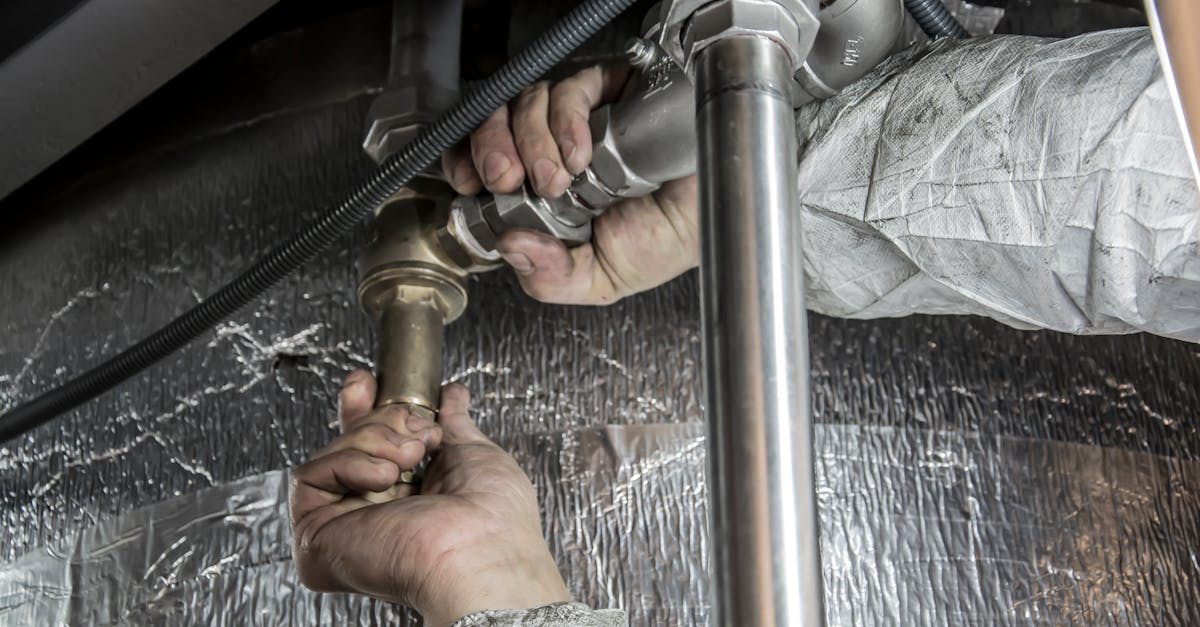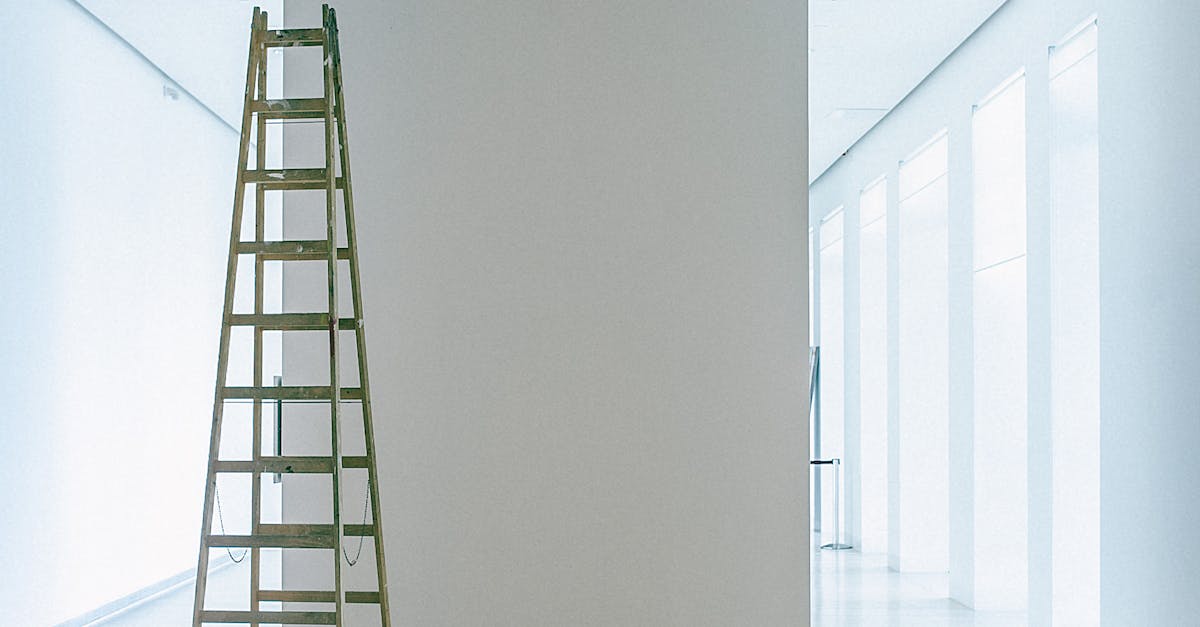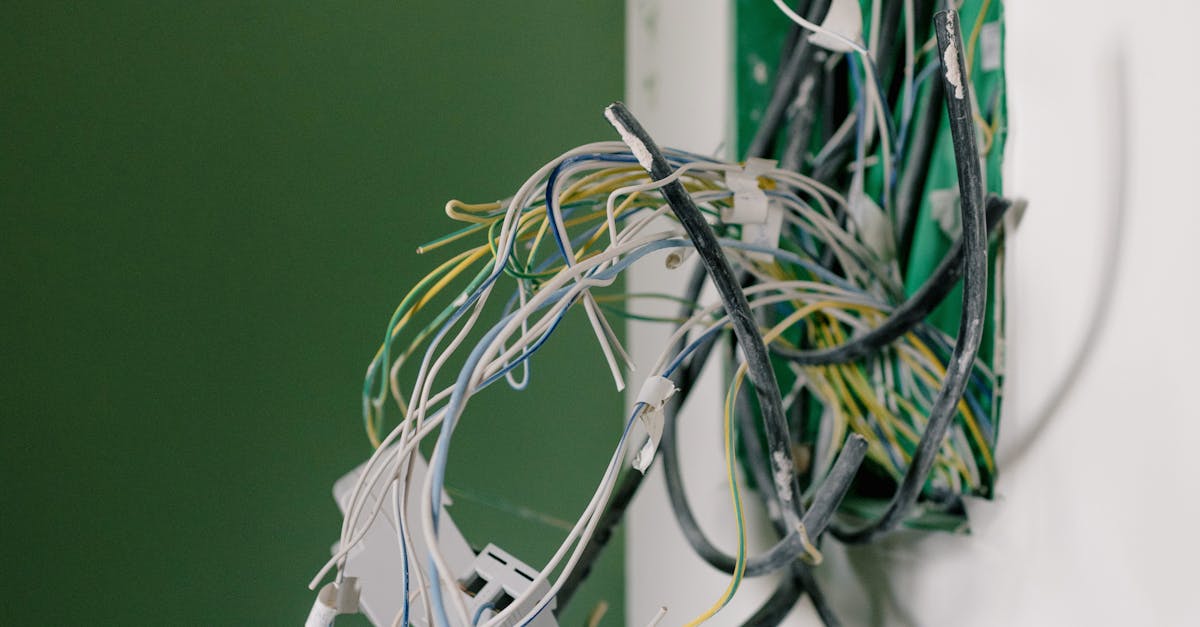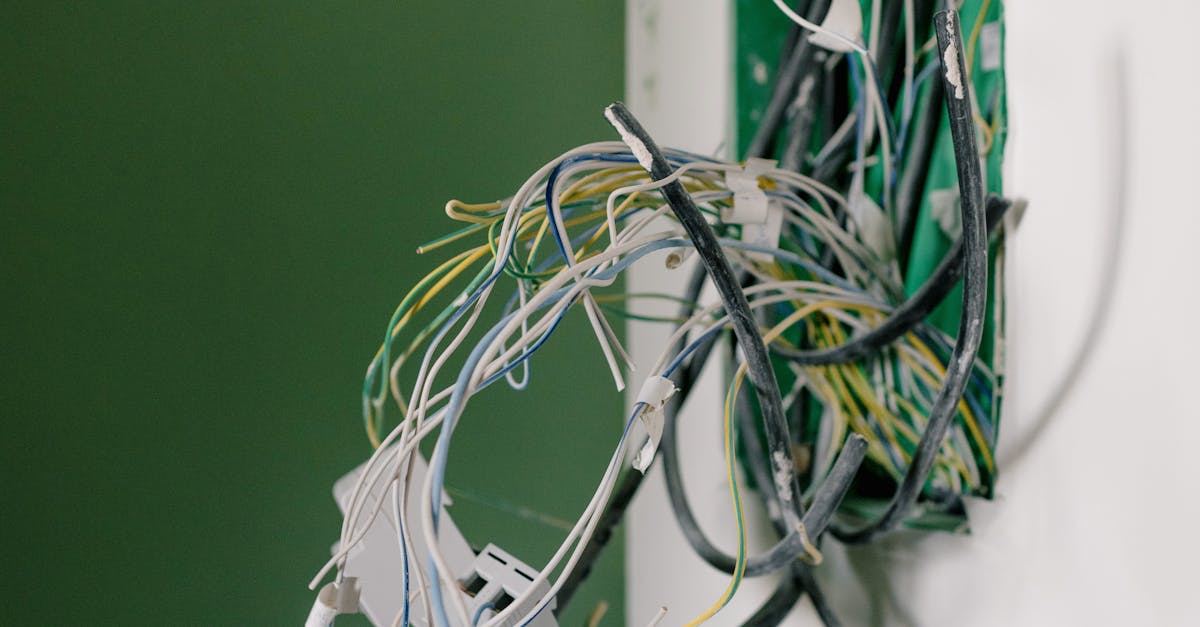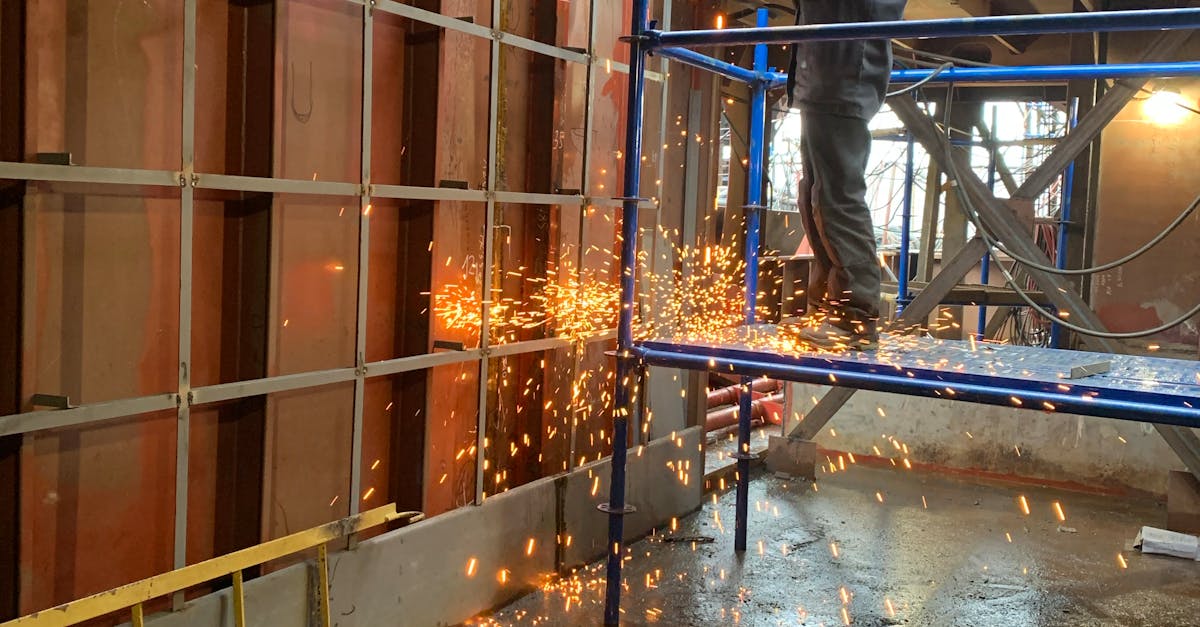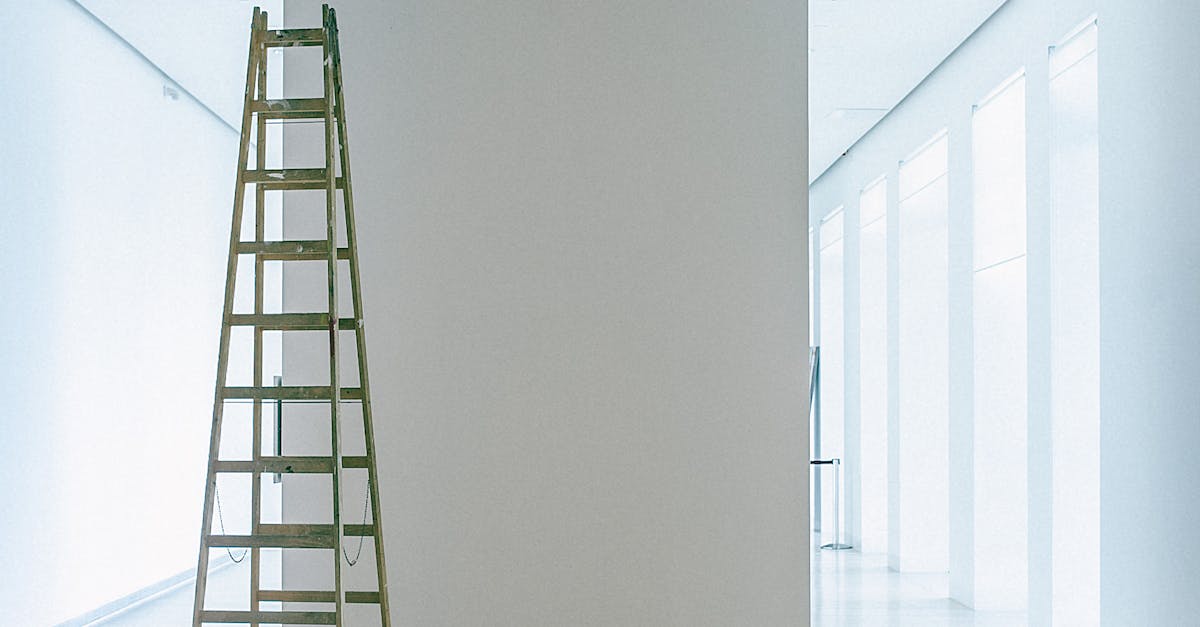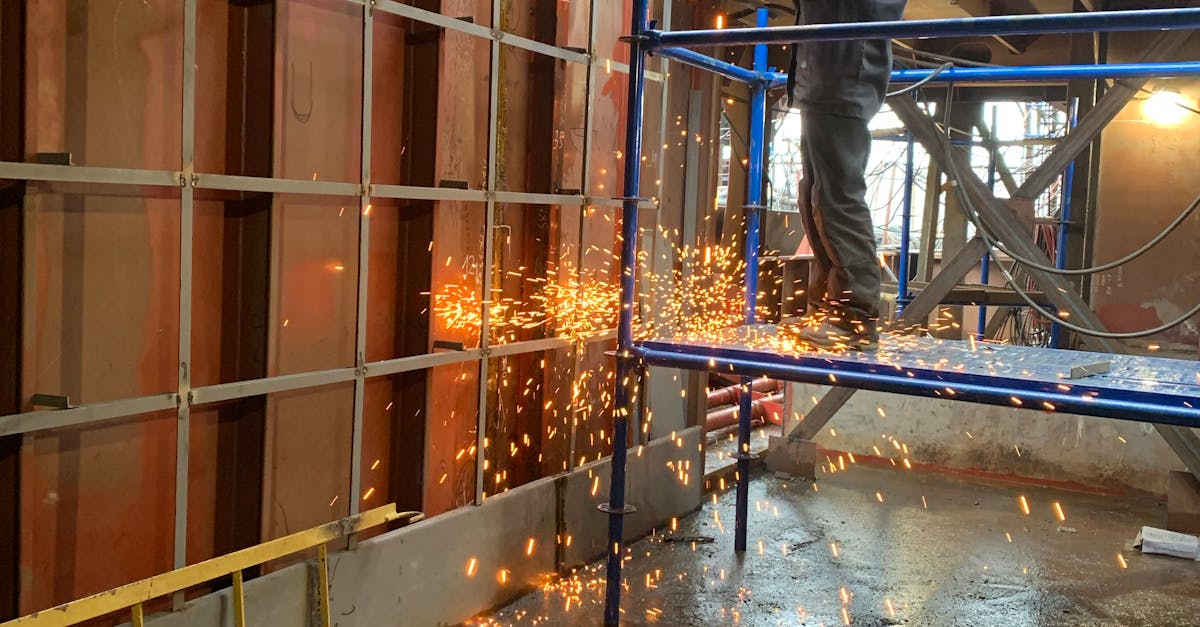
Table Of Contents
Sealing the Flange
Sealing the flange is a crucial step in the process of installing a toilet. Before placing the new flange over the drainpipe, carefully inspect the area to ensure it is clean and free of any debris. The flange should fit securely over the drain opening and sit flush with the floor. A properly sealed flange prevents any leaks or odors from escaping once the toilet is installed.
To seal the flange, use a wax ring that fits the size of the flange opening. Place the wax ring over the flange and press down to create a tight seal. Ensure that the wax ring is centered and evenly compressed to provide a secure connection between the toilet and the drainpipe. This step is vital in ensuring a watertight seal that will prevent any leaks from occurring. Toilet installation and repair Frankston South, Victoria.
Applying Waterproof Sealant
Toilet installation and repair Frankston, Victoria, Once the toilet flange is securely in place, it is essential to apply a waterproof sealant around the base. This sealant acts as an added layer of protection against potential leaks and helps to ensure a tight seal between the flange and the toilet. Be sure to choose a high-quality waterproof sealant that is specifically designed for use in bathrooms to prevent water damage and mold growth.
Using a caulking gun, carefully apply a generous bead of waterproof sealant around the entire base of the flange where it meets the floor. Make sure to create a continuous seal without any gaps or breaks to prevent water from seeping underneath the toilet. Smooth out the sealant with a finger or caulk tool for a neat finish. Allow the sealant to dry completely before moving on to the next step of attaching the toilet to the flange.
Attaching the Toilet
When attaching the toilet to the flange, ensure that the bolts are in the correct position before lowering the toilet onto the flange opening. Gently place the toilet over the flange, aligning the bolts with the holes on the base of the toilet. Use a wax ring to create a watertight seal between the toilet and the flange. Once in position, press down on the toilet to compress the wax ring and secure it in place. Victoria residents can find a variety of wax ring options at local hardware stores for their toilet installation and repair needs.
Next, install washers and nuts onto the bolts and tighten them carefully by hand. Be cautious not to overtighten, as this could crack the base of the toilet. Alternate between each side when tightening the nuts to ensure even pressure. Use a wrench to make final adjustments, but remember not to force the bolts to prevent damage to the toilet or flange. After securing the toilet in place, check for any wobbling or movement. If the toilet feels loose, revisit the bolt tightening process to ensure a stable and secure attachment. Toilet installation and repair Victoria services are available should you encounter any difficulties during this process.
Connecting Toilet to Flange and Securing in Place
Once the toilet flange is securely in place, the next step is to connect the toilet to the flange. Position the toilet bowl over the flange, ensuring that the mounting holes on the base of the toilet align with the closet bolts protruding from the flange. Gently press the toilet down onto the flange to create a tight seal. Once the toilet is in position, place washers and nuts onto the closet bolts and tighten them evenly to secure the toilet in place. Use a wrench to tighten the nuts, but be cautious not to overtighten them, as this could damage the toilet or the flange.
To ensure a proper seal and prevent any leaks, apply a thin bead of waterproof sealant around the base of the toilet where it meets the floor. This will help create a watertight barrier and further secure the toilet in place. After applying the sealant, allow it to cure according to the manufacturer's instructions before using the toilet. Once the sealant has fully cured, you can test the toilet for leaks by flushing it several times and checking around the base for any signs of water leakage. If you notice any leaks, tighten the closet bolts slightly and reapply sealant as needed. Toilet installation and repair Victoria experts can provide guidance on troubleshooting any issues that may arise during this process.
Testing for Leaks
Once the toilet has been securely attached to the flange, it is crucial to test for leaks to ensure proper functionality. Testing for leaks is a vital step in the toilet installation process to prevent any water damage or plumbing issues down the line. It is essential to thoroughly check for any leaks around the base of the toilet as well as the connection points to the flange.
To check for leaks, Toilet installation and repair Victoria experts recommend flushing the toilet multiple times and inspecting for any signs of water seepage. Additionally, it is advisable to place some absorbent material around the base of the toilet to detect any leaks that may not be immediately visible. Once the testing is complete, make sure to verify that the toilet is securely sealed to the flange and functioning as expected before regular use.
Checking for Proper Sealing and Functionality
Checking for proper sealing and functionality is crucial after installing a toilet flange to ensure it functions correctly and does not leak. Once the toilet is securely in place and bolted down, conduct a thorough inspection of the area around the flange for any signs of water leakage. Ensure that the wax ring has created a tight seal between the toilet and the flange. Additionally, check the connection points between the toilet and the flange to verify that they are tightly secured.
To further test for leaks, flush the toilet several times and observe the flange area for any water seepage. Any indication of water pooling or dripping could suggest a faulty seal or improper installation. It is imperative to address any leaks promptly to prevent water damage and mold growth. By conducting a rigorous examination of the sealing and functionality of the toilet flange, you can have peace of mind knowing that your toilet installation is secure and leak-free. Toilet installation and repair Frankston South, Victoria.
FAQS
What is a toilet flange?
A toilet flange, also known as a closet flange, is a pipe fitting that connects the toilet to the waste pipe in the floor, providing a secure and stable base for the toilet.
Why is it important to seal the toilet flange properly?
Sealing the toilet flange is crucial to prevent water leaks and potential damage to the flooring and subfloor. It also helps to maintain a hygienic environment in the bathroom.
Can I use any type of sealant for securing the toilet flange?
It is recommended to use a waterproof sealant specifically designed for plumbing applications to ensure a tight and long-lasting seal around the toilet flange.
How do I know if the toilet flange is properly sealed and functional?
You can check for proper sealing and functionality by testing for leaks after installing the toilet. Make sure there are no water leaks around the base of the toilet and that the toilet flushes and drains properly.
What should I do if I notice any leaks or issues after installing the toilet flange?
If you notice any leaks or issues after installing the toilet flange, try tightening the connections or resealing the flange. If the problem persists, it is best to consult a professional plumber for further assistance.
